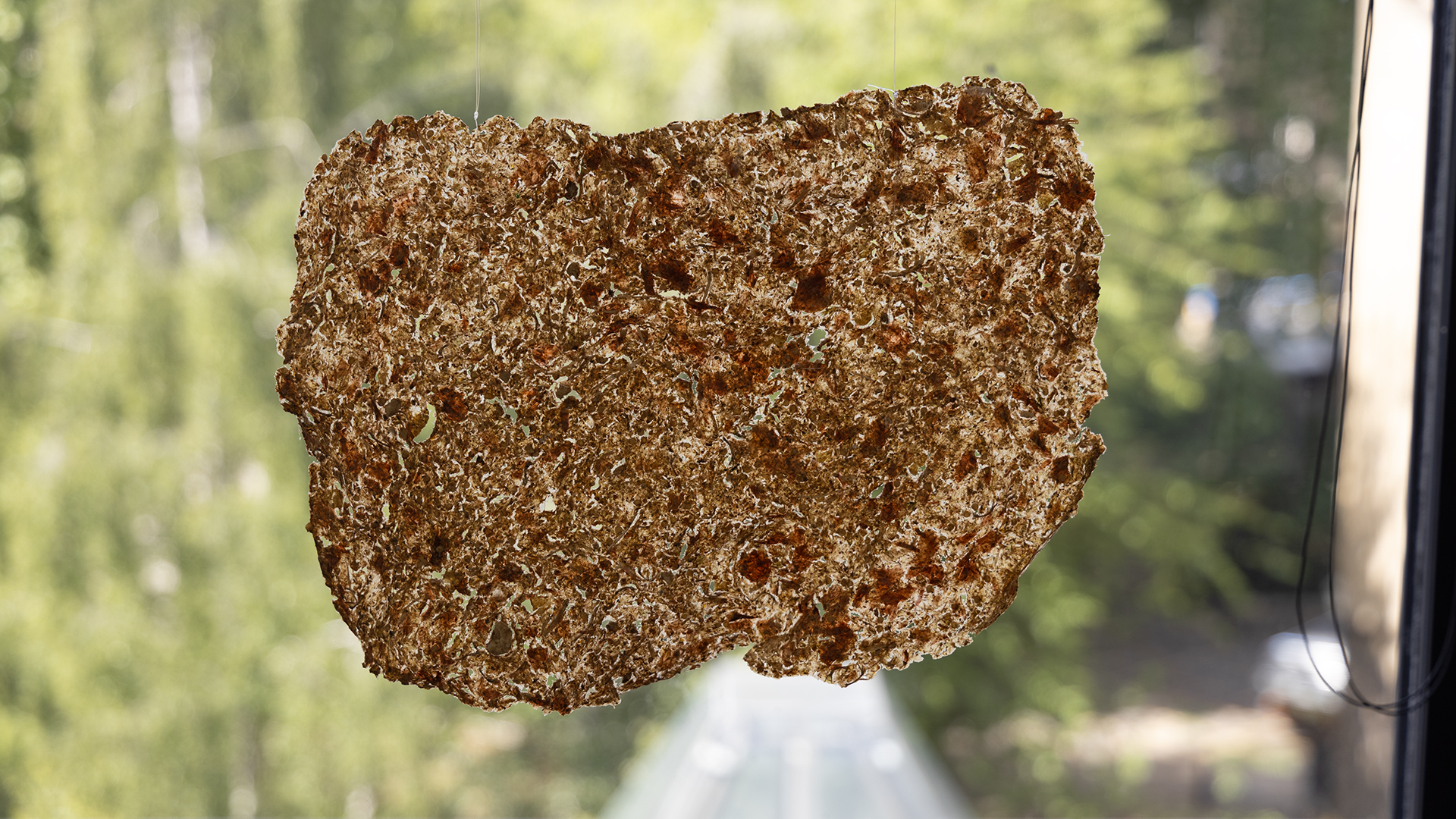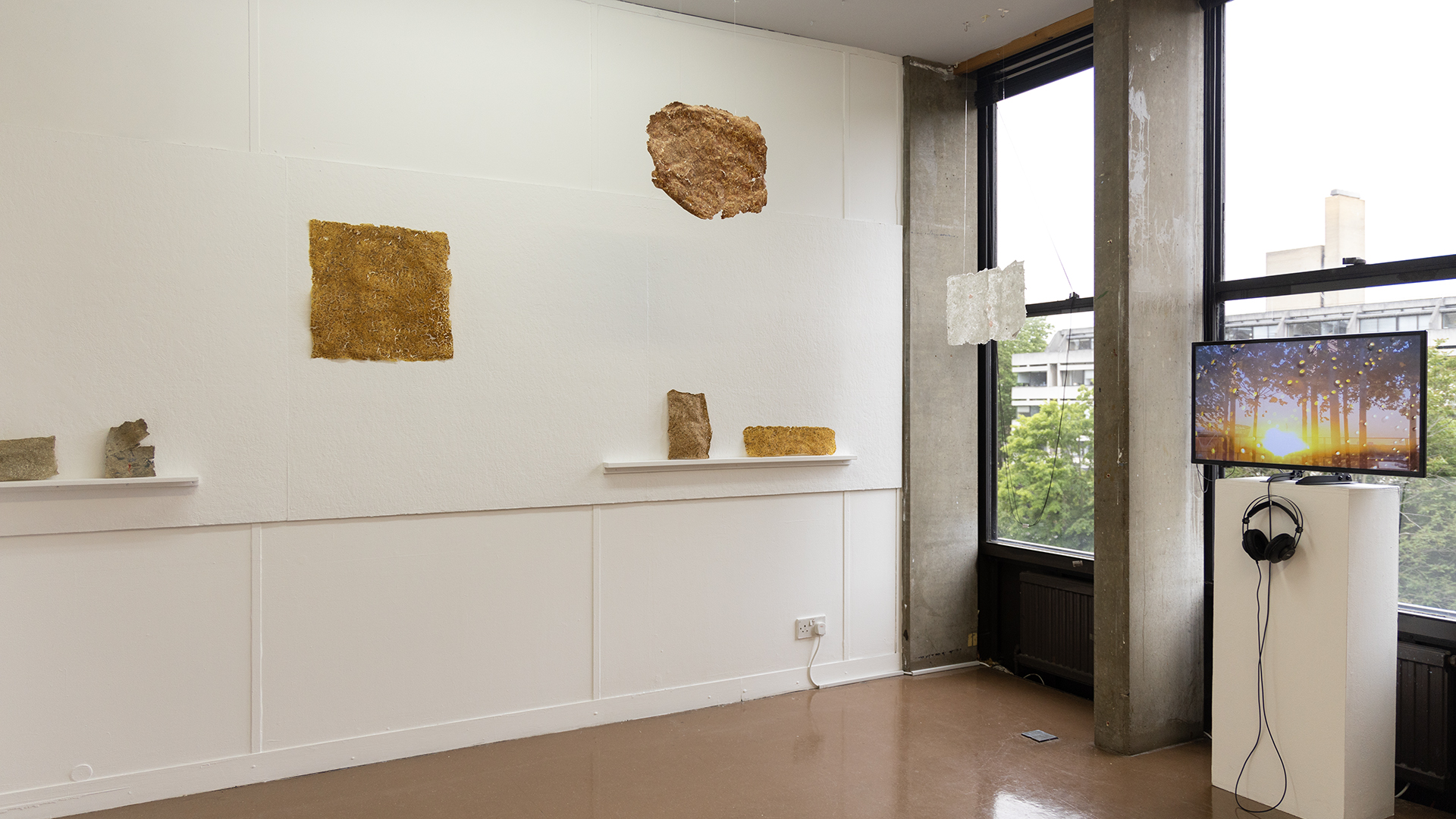Nature has always been an essential part of my life. I create art inspired by nature. I teach art through nature. I learn from nature, and I live with nature.
Everything that makes our lives possible — the splints for baskets, roots for medicines, the trees whose bodies make our homes, and the pages of our books — is provided by the lives of more-than-human beings […] When we speak of these not as things or natural resources or commodities, but as gifts, our whole relationship to the natural world changes.
(Kimmerer 2024: 80)
Everything that makes our lives possible — the splints for baskets, roots for medicines, the trees whose bodies make our homes, and the pages of our books — is provided by the lives of more-than-human beings […] When we speak of these not as things or natural resources or commodities, but as gifts, our whole relationship to the natural world changes.
(Kimmerer 2024: 80)





In my classroom in Taiwan, I provided two boxes for single-sided paper and leftover colour paper. I asked the students to save any piece larger than the palm of a hand. Although I sometimes found ways to use them, the chances to do so came less frequently than I wanted.
I often feel guilty about discarding half-used paper, watching receipts pile up only to be thrown away, even sipping tea while wondering if the teabags will be another burden on the planet. With food, I save every usable part of the ingredients before letting anything go into the bin. I realise that I just want to hold onto those small, overlooked ‘gifts’, which Kimmerer describes, for longer, and let them become something more. So, I explored their fibrous nature, transformed them into paper.
The video gathers fragments of my urban life in London and Taipei. It is a reminder even in the city, we too are part of nature. We coexist with air, sunlight, water and plants and with the visible and unseen lives around us. Because we live in nature and we are nature.
Reference
Kimmerer, R. W. (2024) The Serviceberry: An Economy of Gifts and Abundance. Penguin Books.
I often feel guilty about discarding half-used paper, watching receipts pile up only to be thrown away, even sipping tea while wondering if the teabags will be another burden on the planet. With food, I save every usable part of the ingredients before letting anything go into the bin. I realise that I just want to hold onto those small, overlooked ‘gifts’, which Kimmerer describes, for longer, and let them become something more. So, I explored their fibrous nature, transformed them into paper.
The video gathers fragments of my urban life in London and Taipei. It is a reminder even in the city, we too are part of nature. We coexist with air, sunlight, water and plants and with the visible and unseen lives around us. Because we live in nature and we are nature.
Reference
Kimmerer, R. W. (2024) The Serviceberry: An Economy of Gifts and Abundance. Penguin Books.